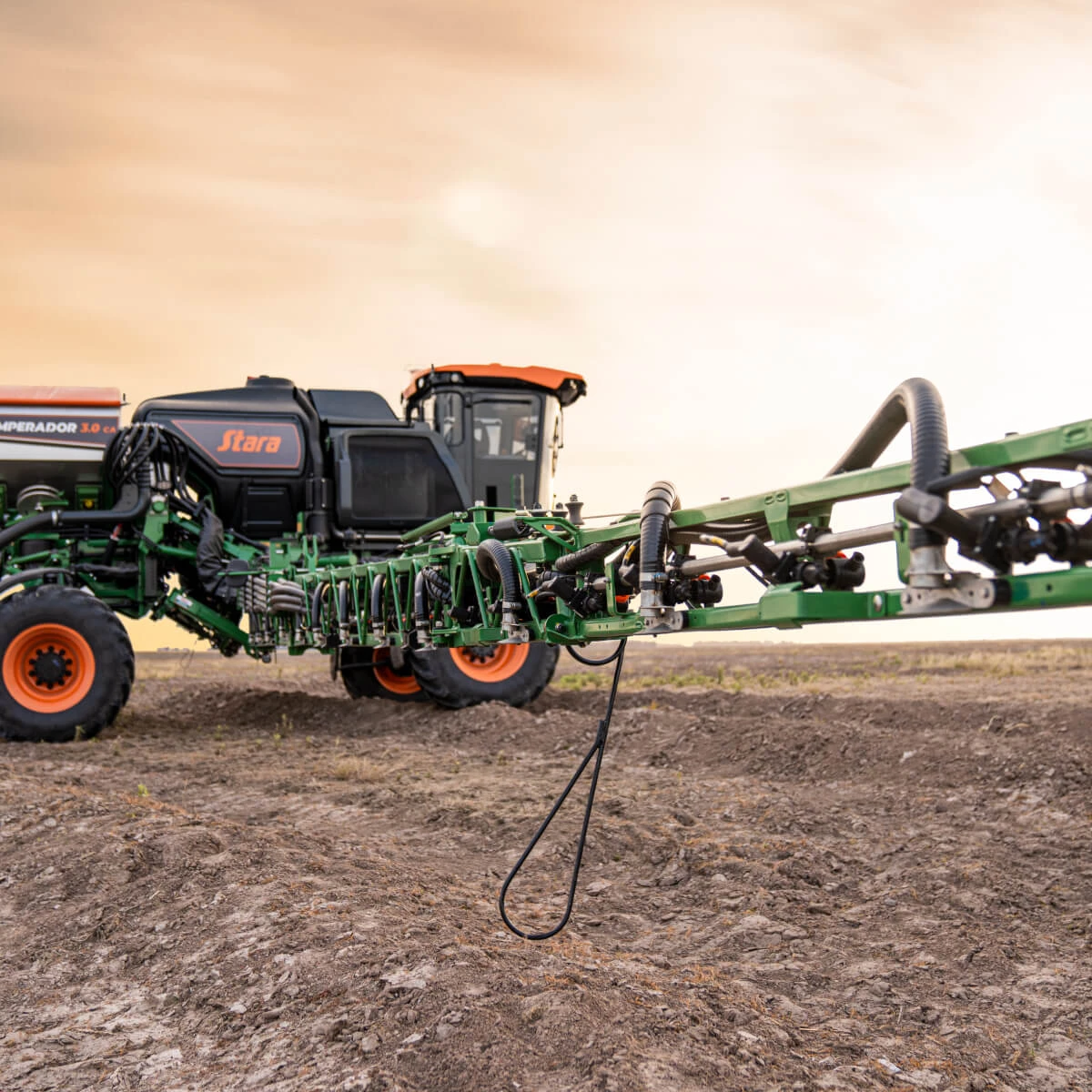Categories:
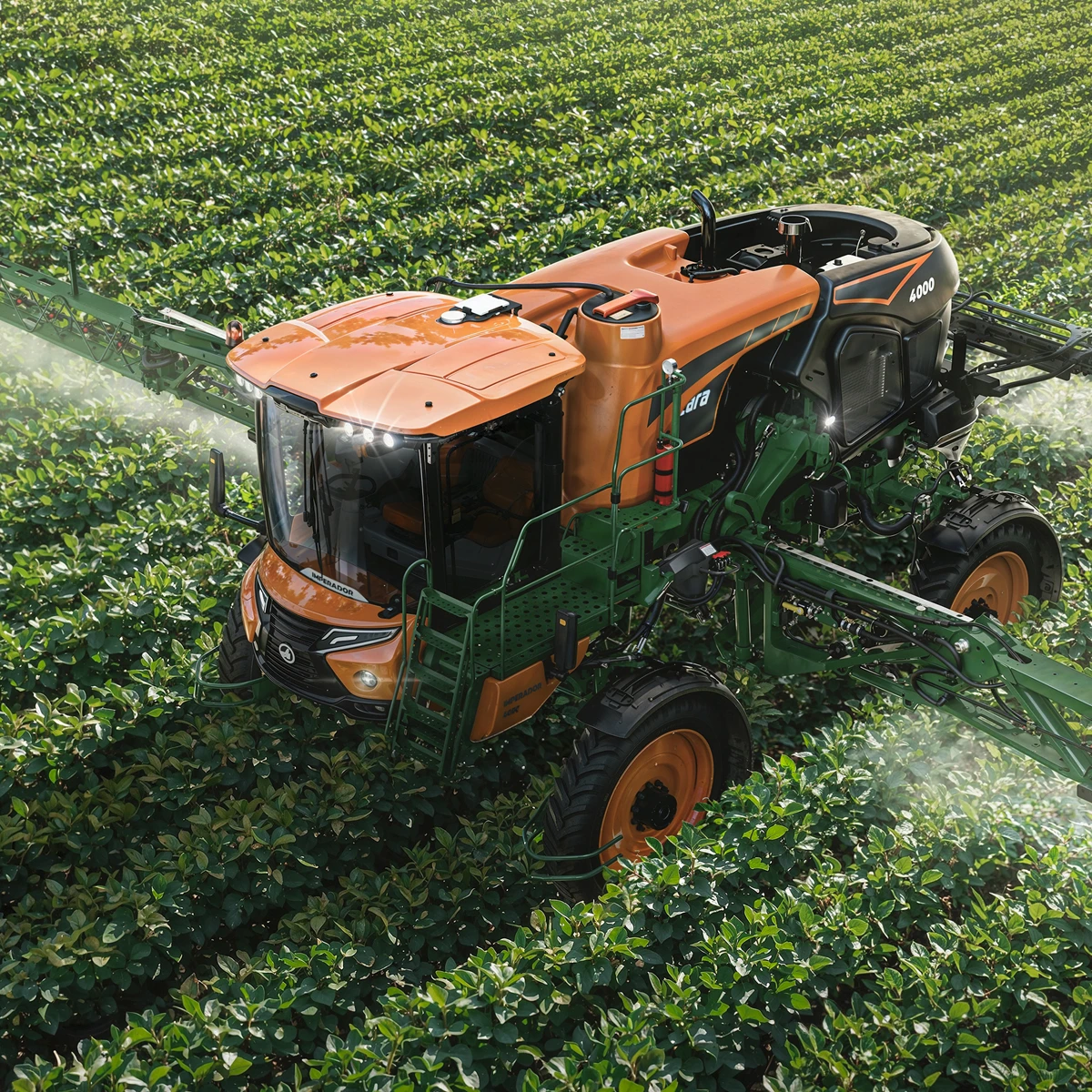
Corporate
Stara expands farming connectivity in Brazil with Starlink’s reliable high-speed internet
5
MIN
29 Aug 2025
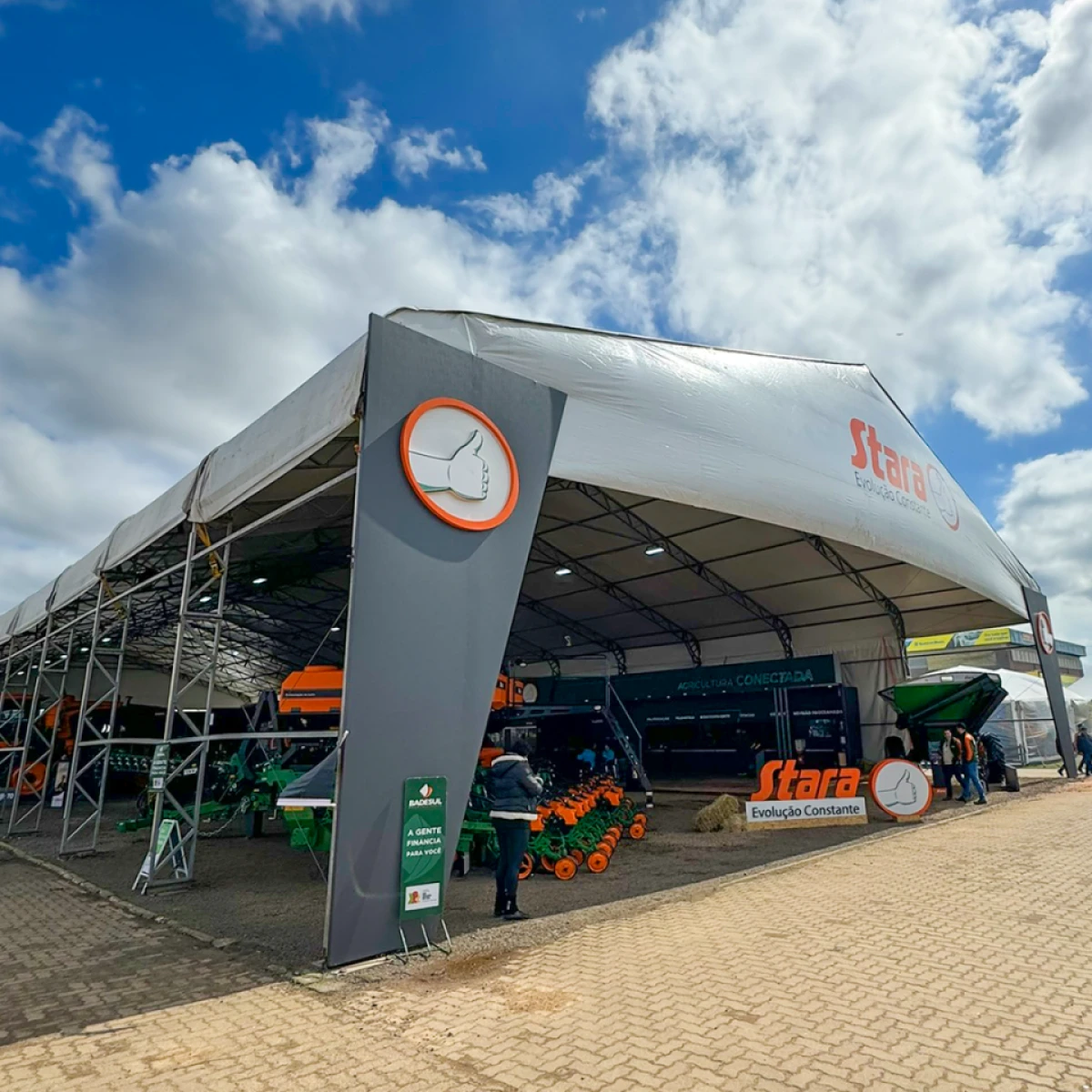
Agricultural shows and Events
Corporate
Stara reinforces its leadership role in another edition of Expointer
5
MIN
28 Aug 2025
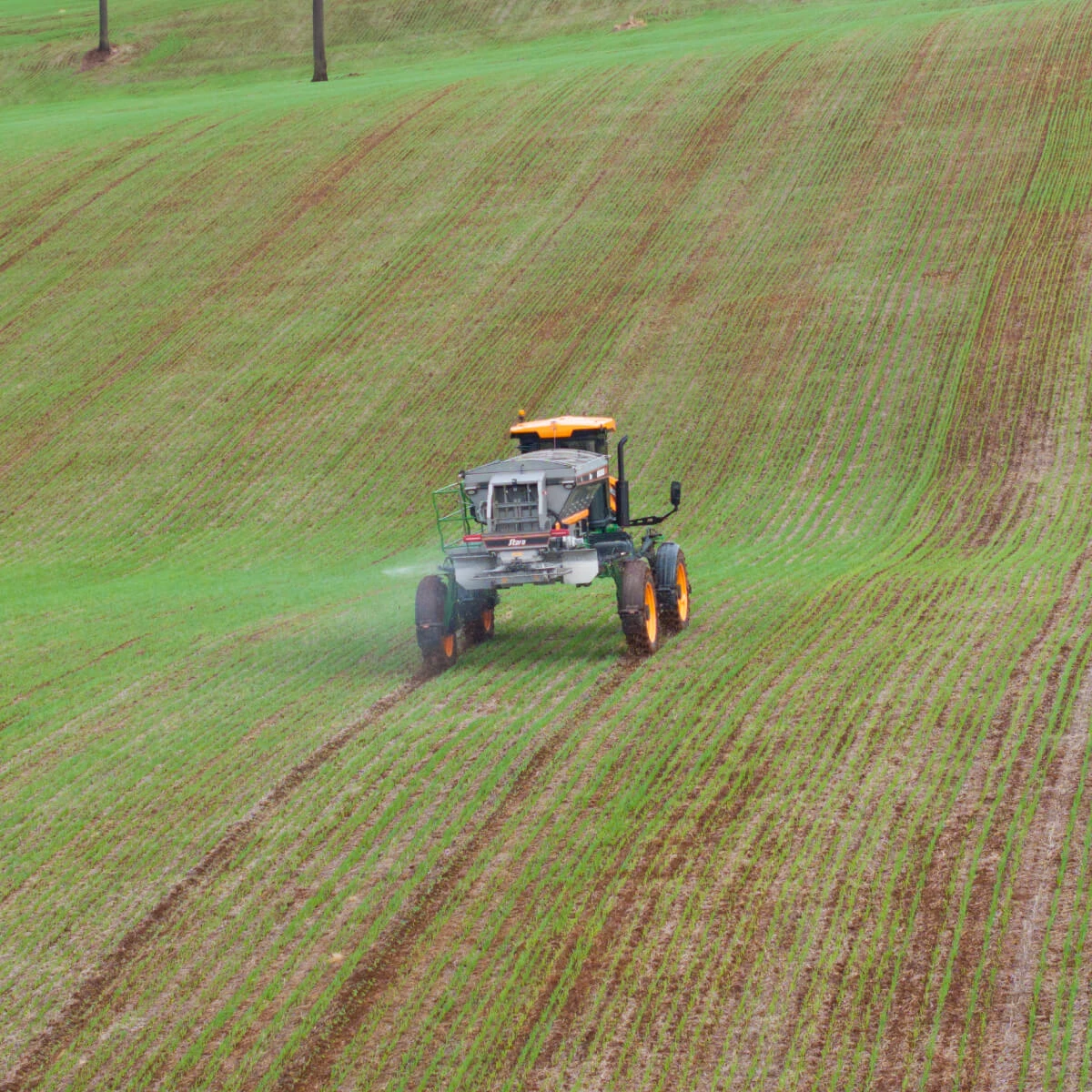
Hints and content
Five technologies that boost the efficiency of the self-propelled spreaders
8
MIN
26 Aug 2025
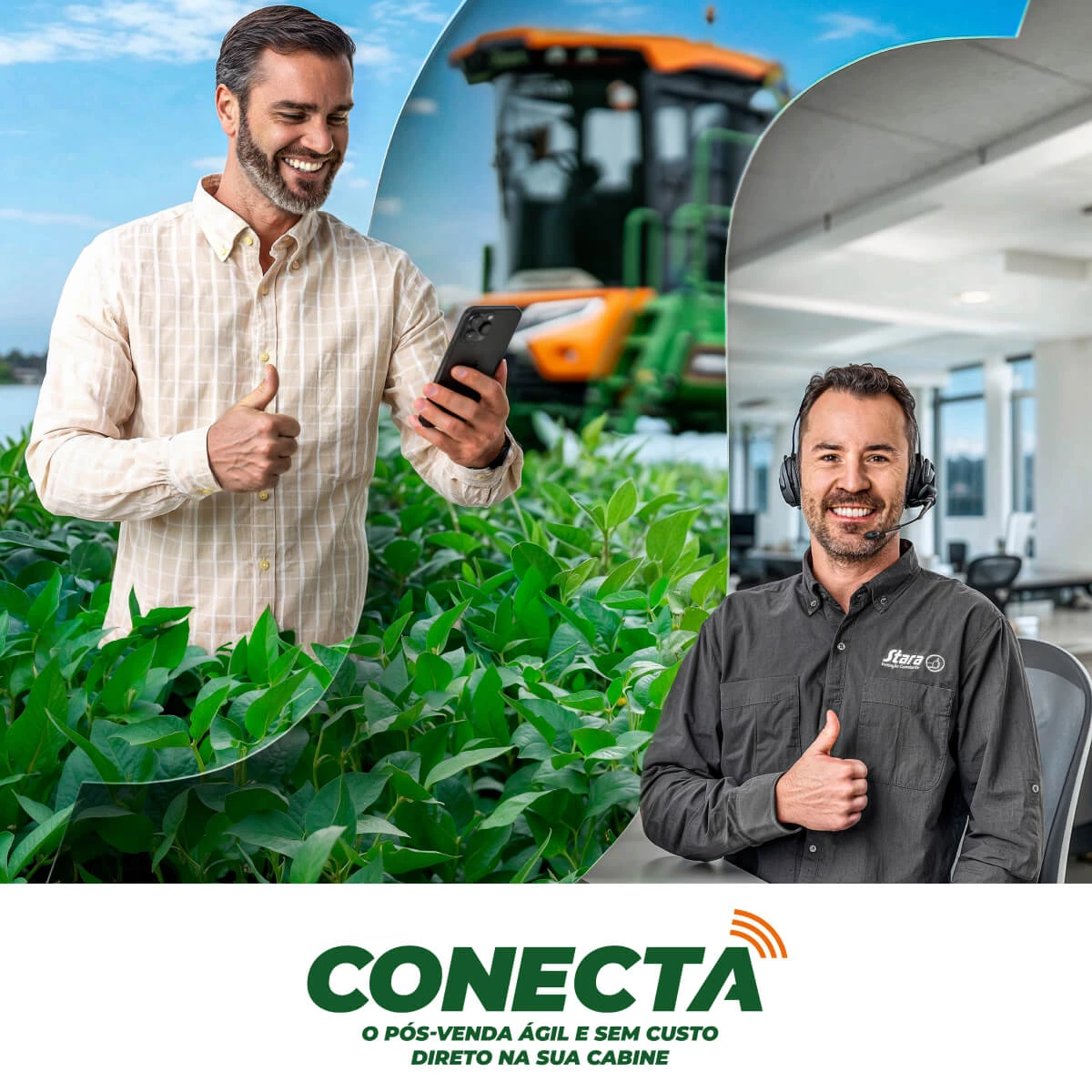
Hints and content
Stara Conecta: remote technical assistance for agricultural machines
8
MIN
19 Aug 2025
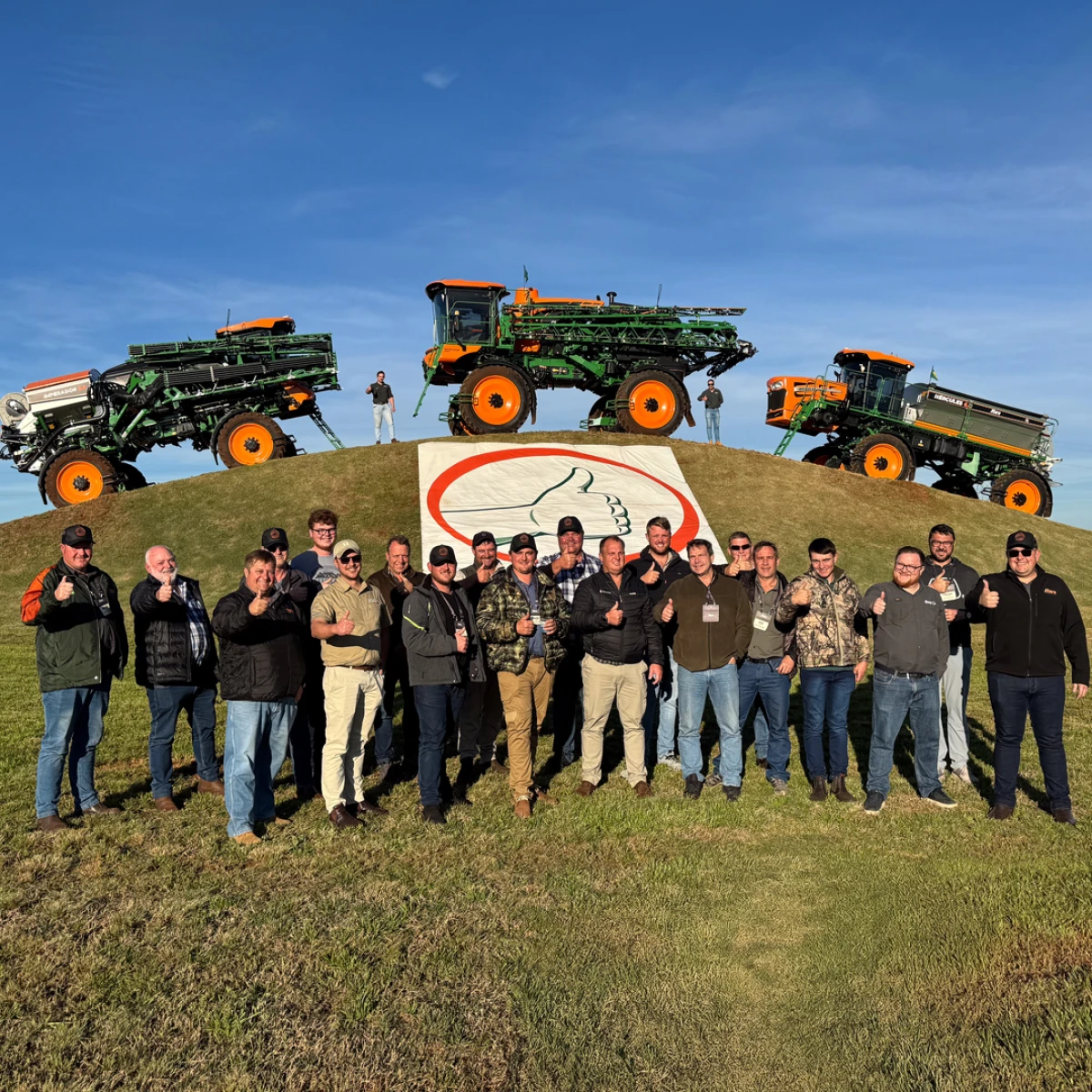
Agricultural shows and Events
Corporate
Farmers from South Africa visited the Stara headquarters in Brazil
4
MIN
18 Aug 2025
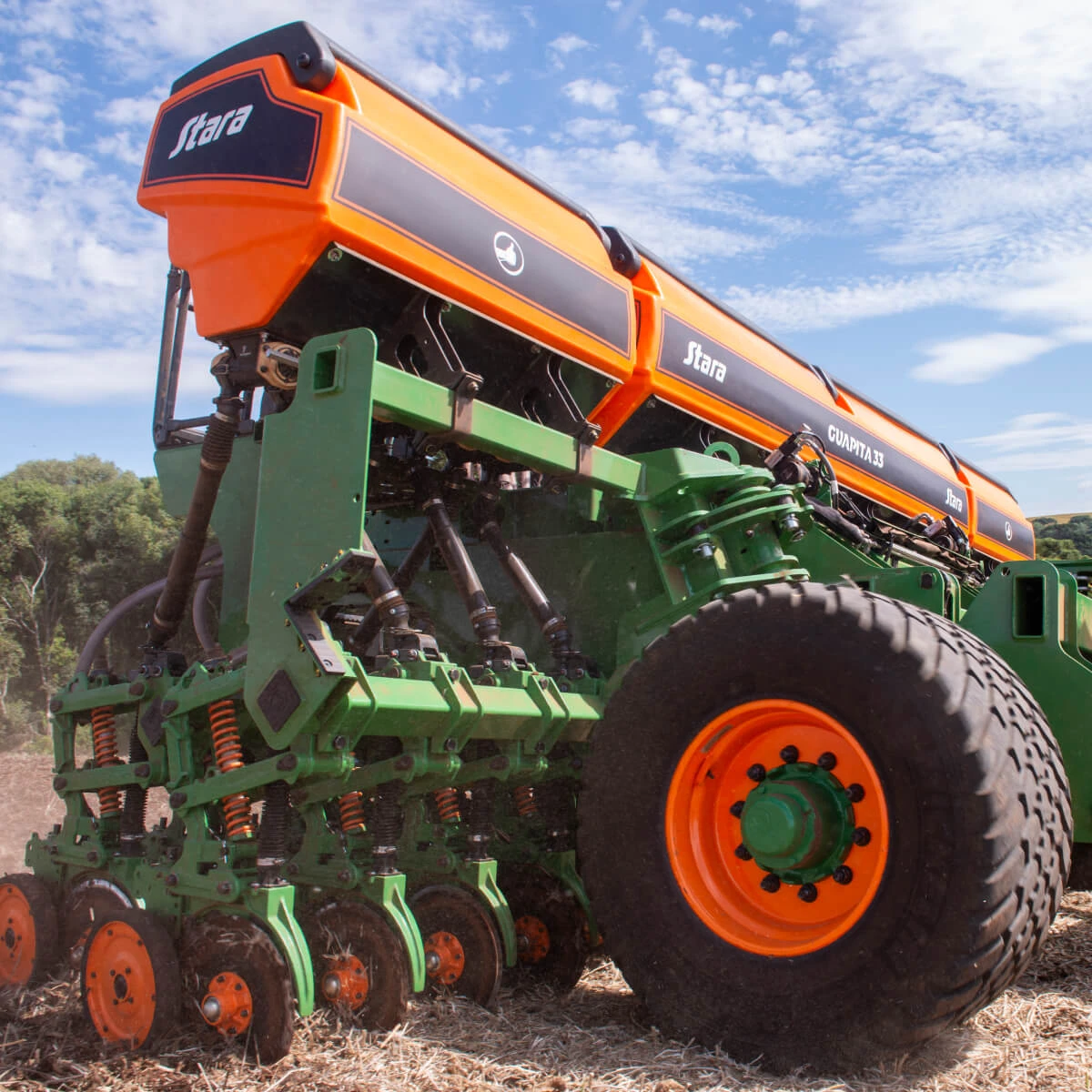
Hints and content
Agricultural seeder: Seven common errors and how to avoid them
7
MIN
06 Aug 2025
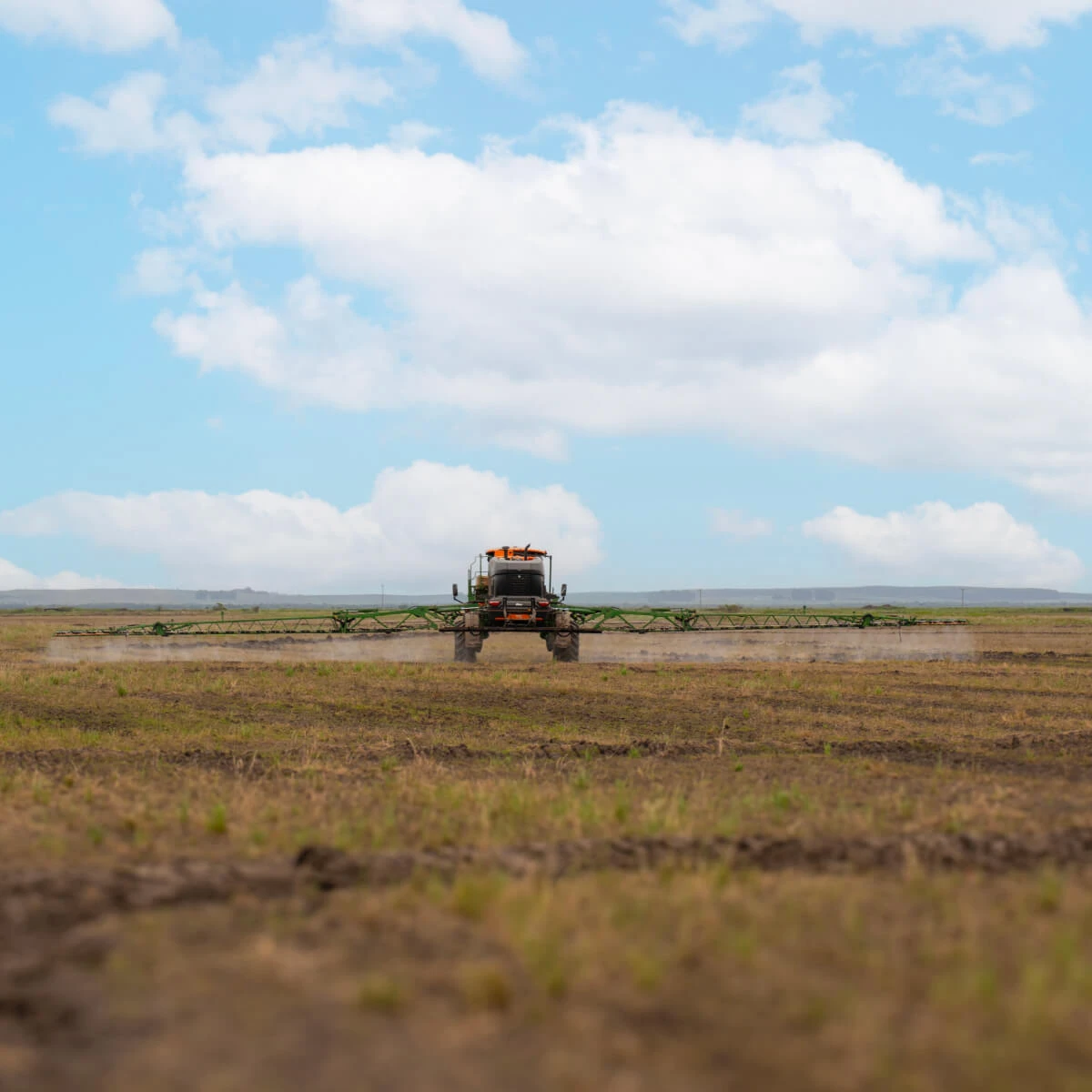
Hints and content
Maintenance on agricultural machines: a complete and practical guide
10
MIN
04 Aug 2025
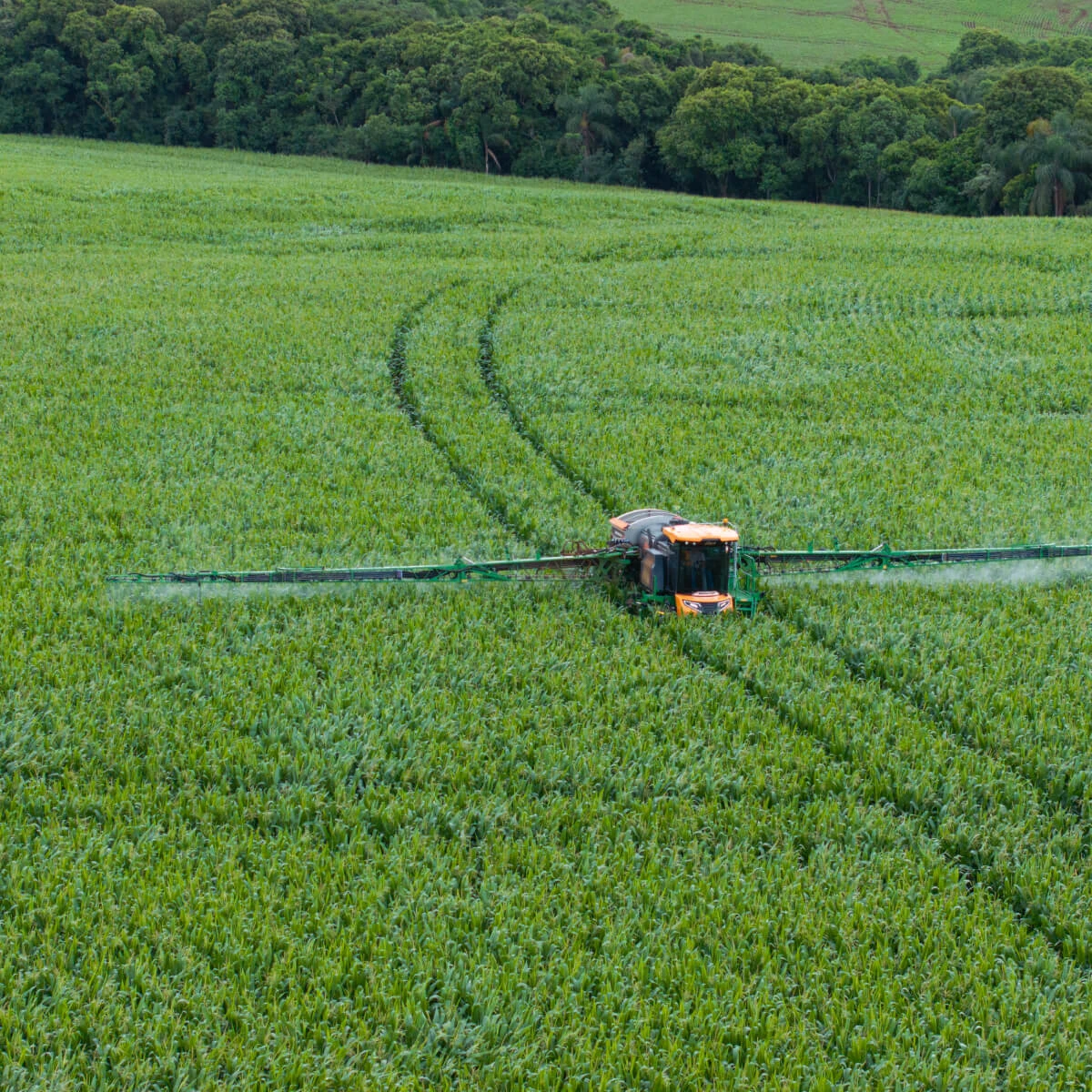
Hints and content
Self-propelled sprayer nozzle: main types and 10 hints to choose
7
MIN
30 Jul 2025

Hints and content
Planters: Which one is the best for your crop field?
10
MIN
29 Jul 2025

Hints and content
Grain planter: Four hints to ensure precision in the field
6
MIN
19 Jun 2025







